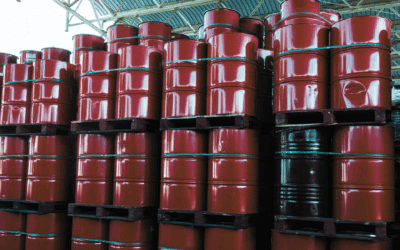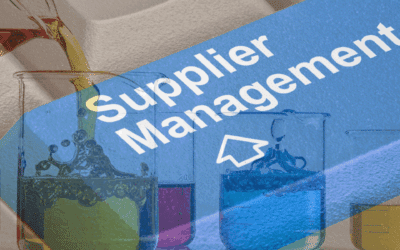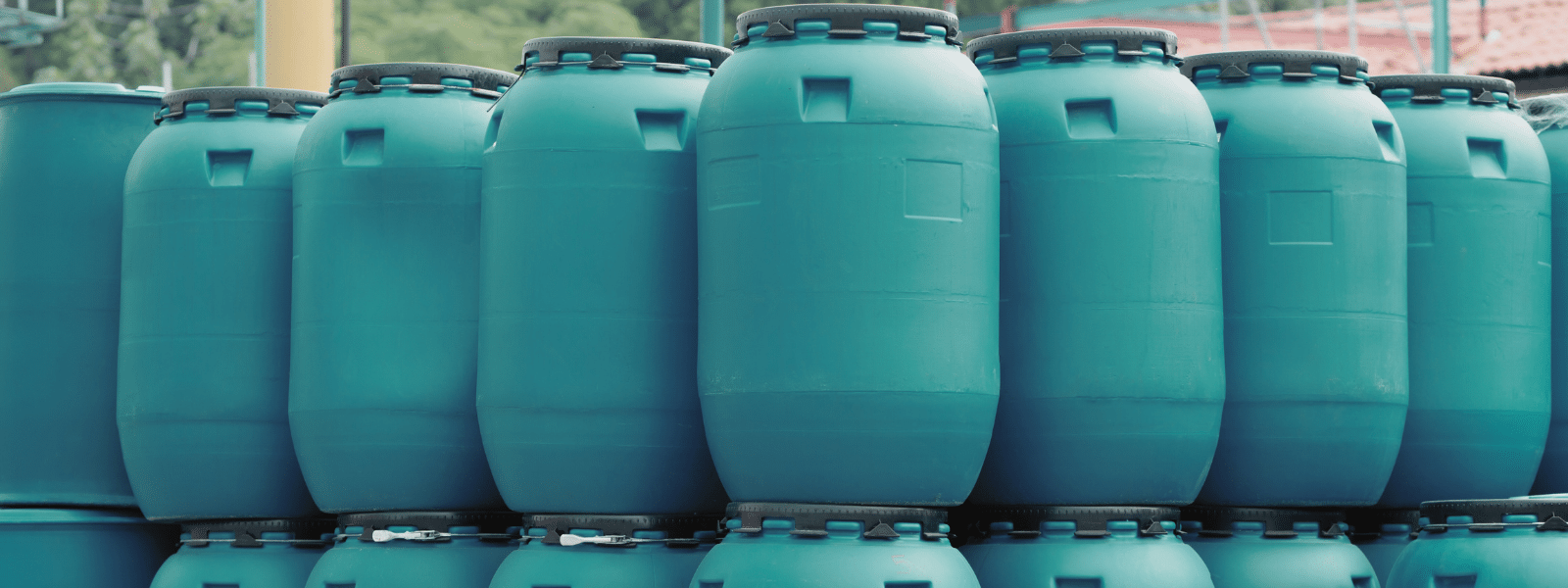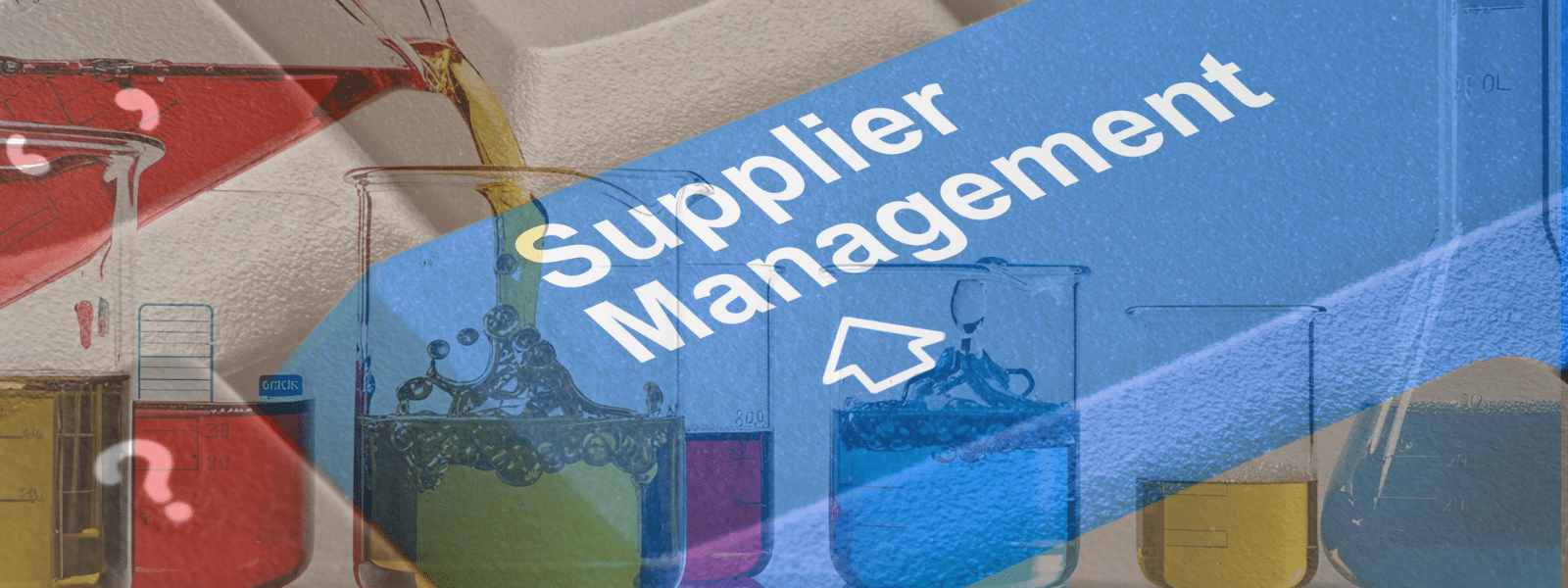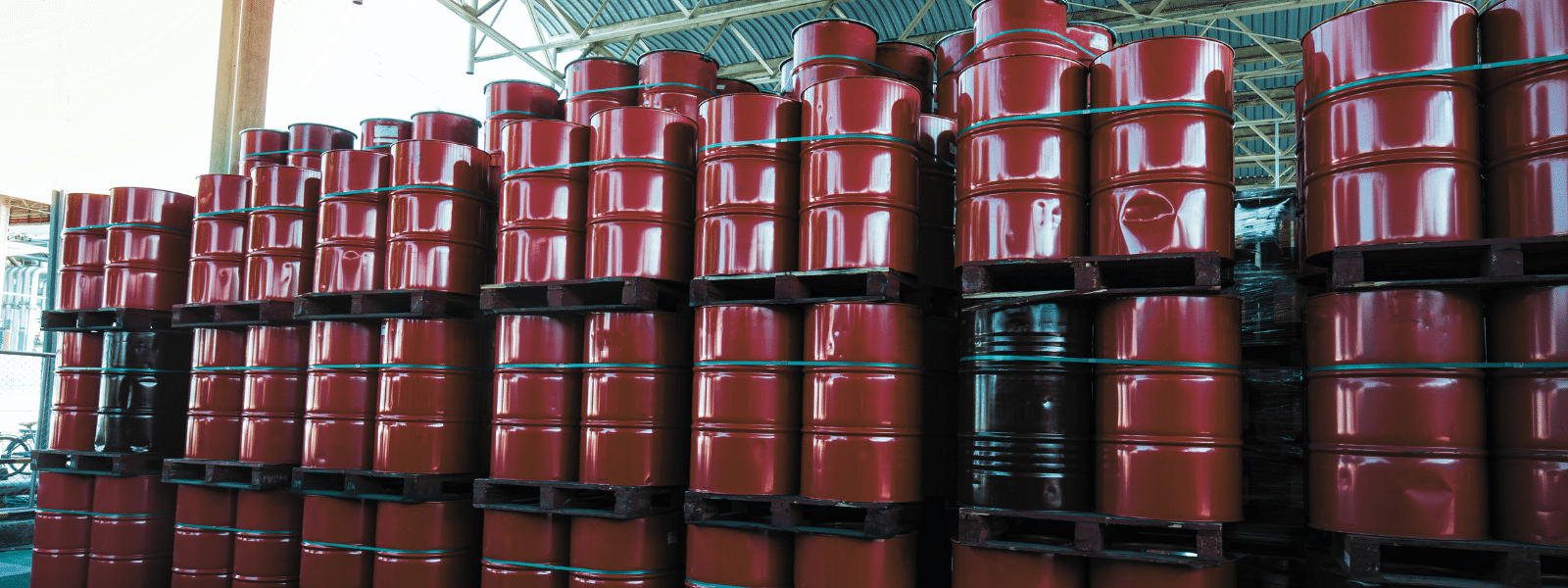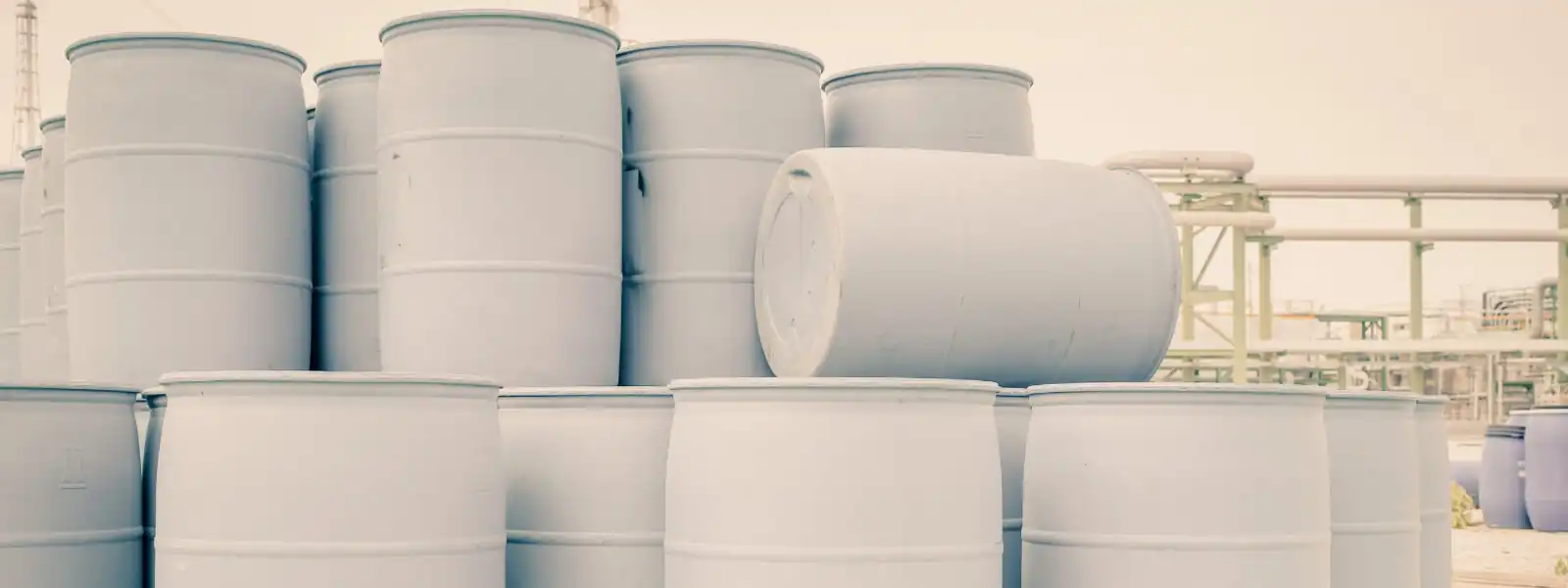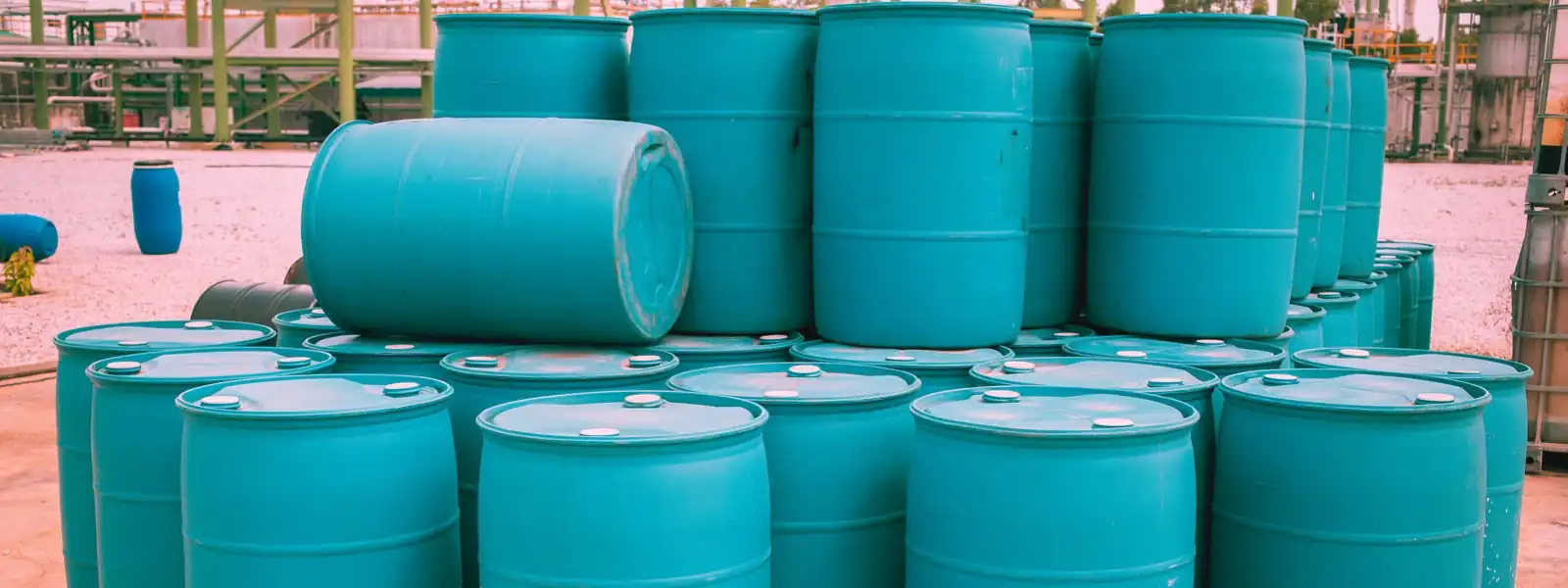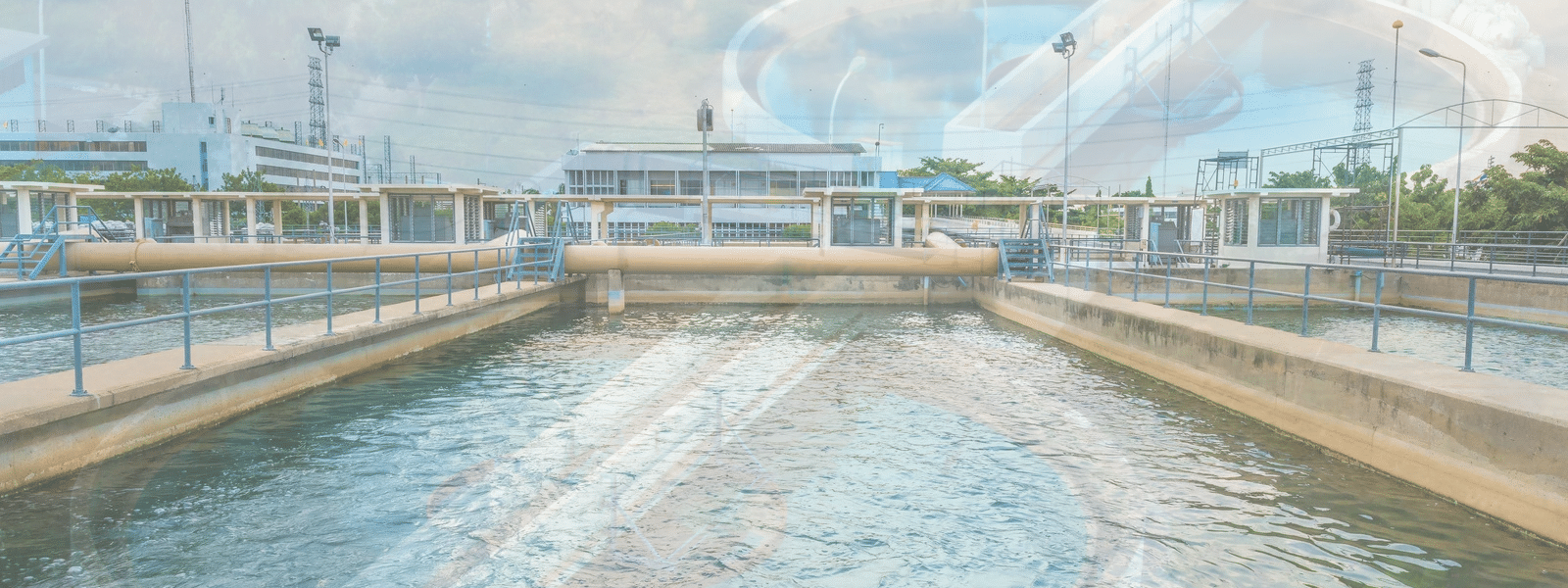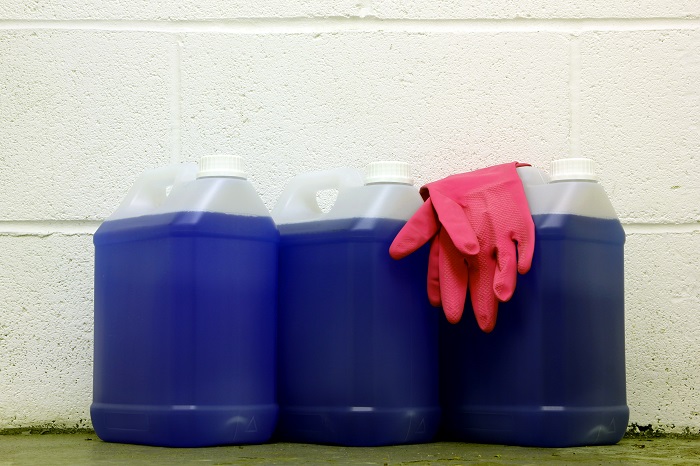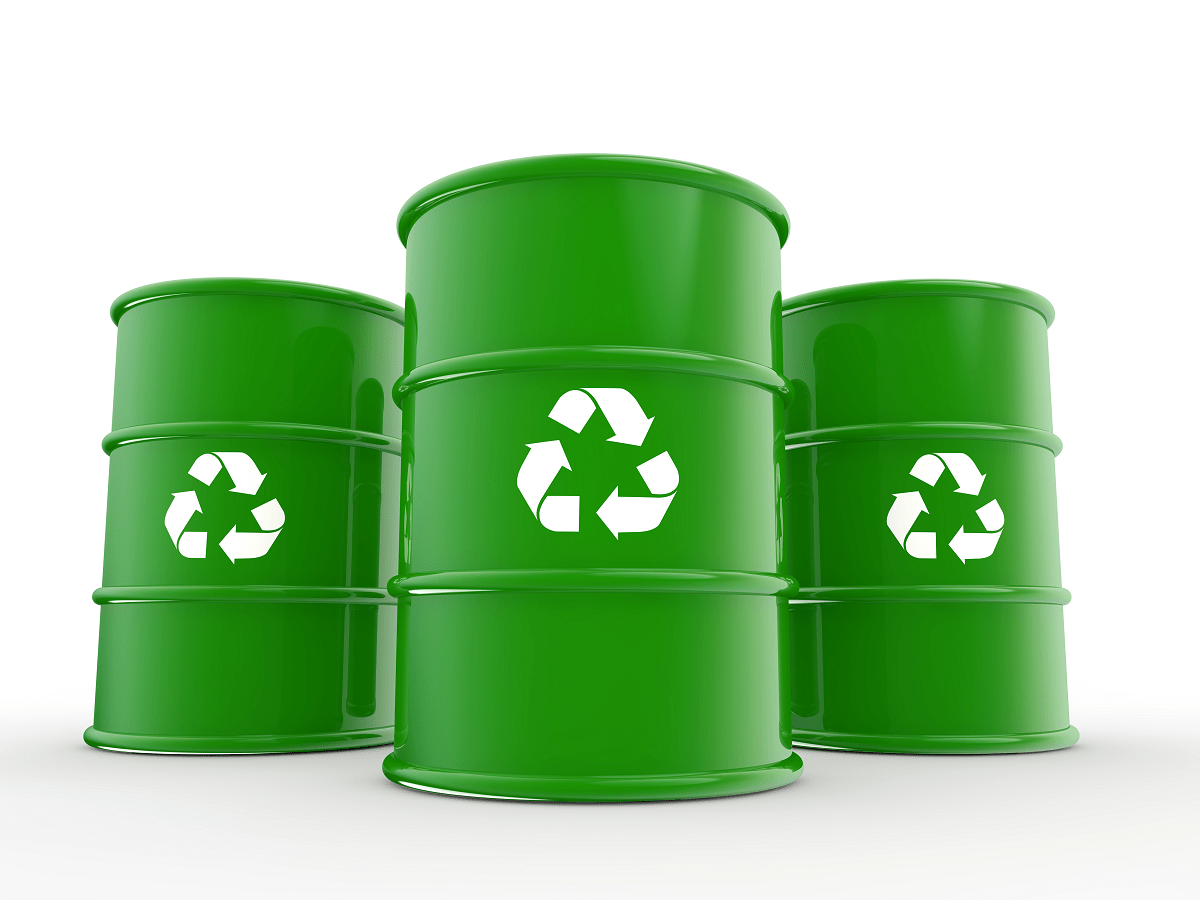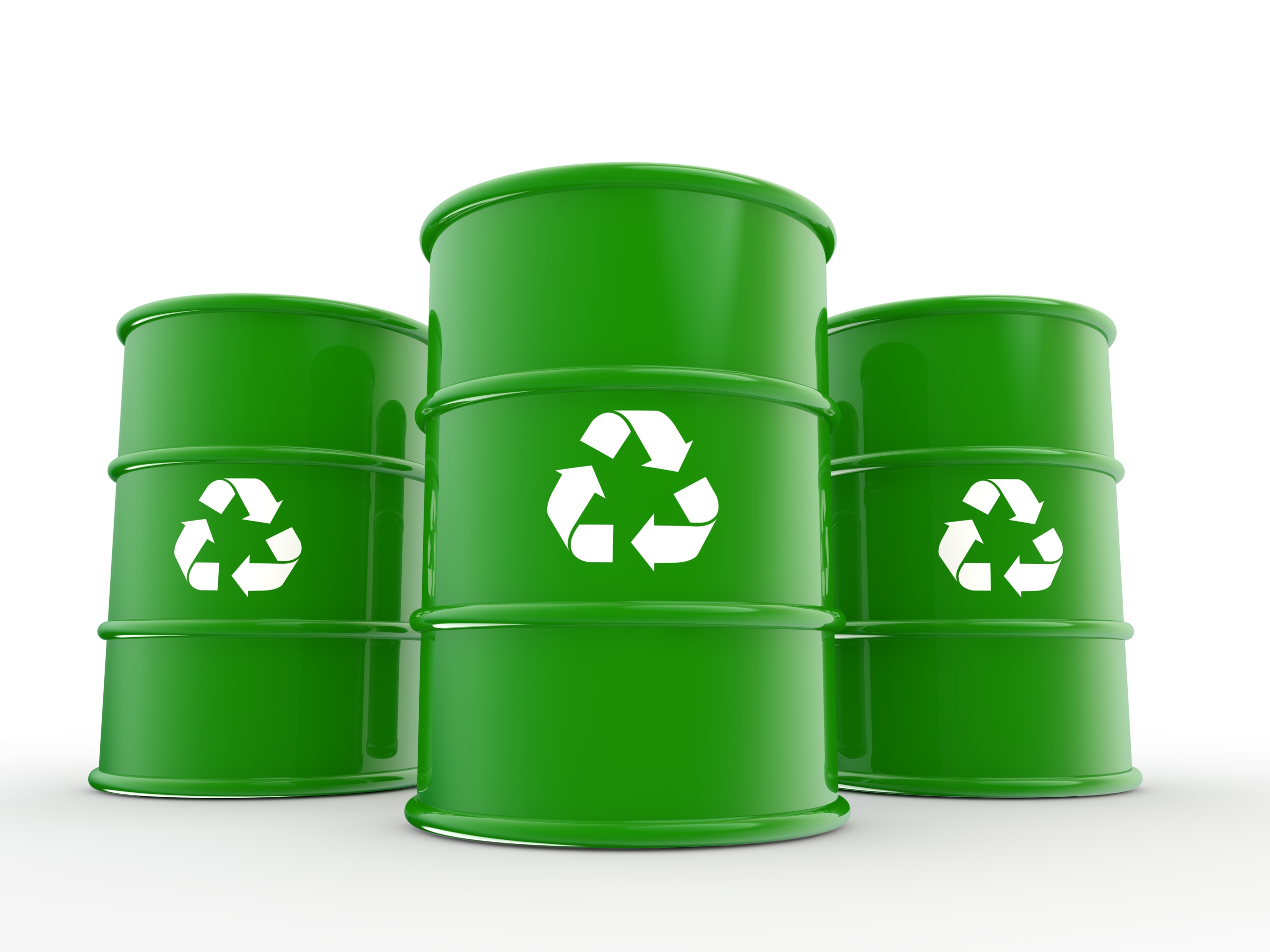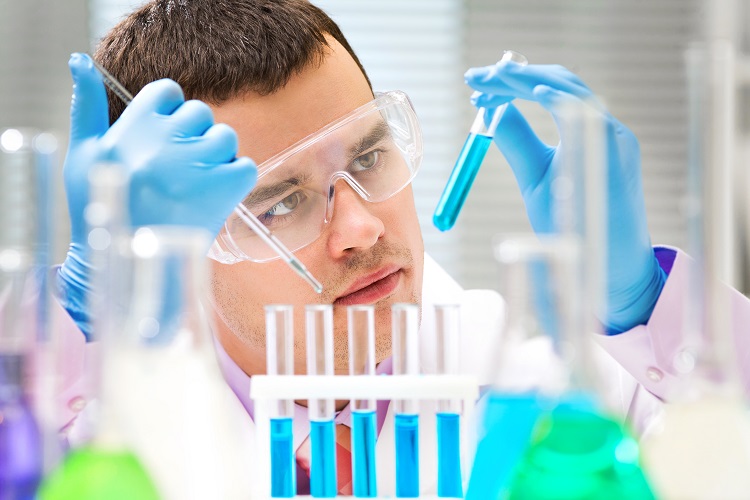Choosing the right eco-friendly degreaser for your business can be tough—from finding suppliers to combing through page after page of products, it’s...
Blog


CHEMICAL INDUSTRY NEWS
Chemical Chat – Discover What’s New!
Semiconductor Grade Chemicals vs. Electronic Grade Chemicals
Chemical grades can be confusing—do I need an ACS grade chemical? A USP? How about a technical grade? Simply put, chemical grades refer to a...
What are Semiconductor Grade Chemicals?
Semiconductor grade chemicals are a great way to clean delicate electronic surfaces without causing irreversible damage. But which chemical is right...
Chemical Solvent Suppliers: Why Businesses Choose Ecolink!
Looking for new chemical solvent suppliers? You’re not alone. Considering that just about every industry requires...
Semiconductor Grade Chemicals vs. Electronic Grade Chemicals
Chemical grades can be confusing—do I need an ACS grade chemical? A USP? How about a technical grade? Simply put,...
Company News
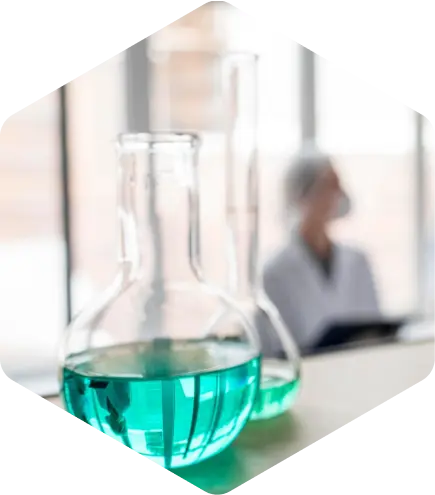
Managed Services
Discover the Latest in Safe and Sustainable Chemical Solutions
Stay informed with Ecolink’s blog! Subscribe now
Chemical Management Information
Stay updated with us
Sign Up for the Latest Updates
Stay informed about chemical supply chain disruptions and emerging innovations to keep your business at the forefront of efficiency and innovation. Uncover new ways to make your business practices more sustainable by incorporating safer products into your cleaning lineup.





